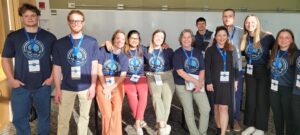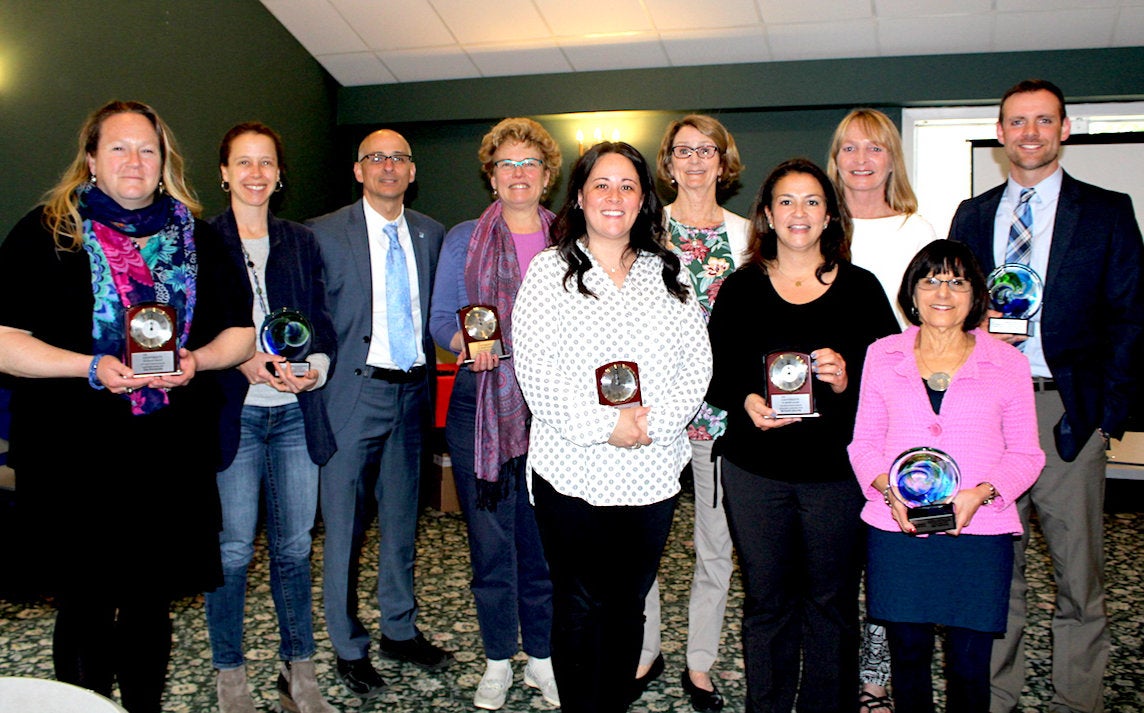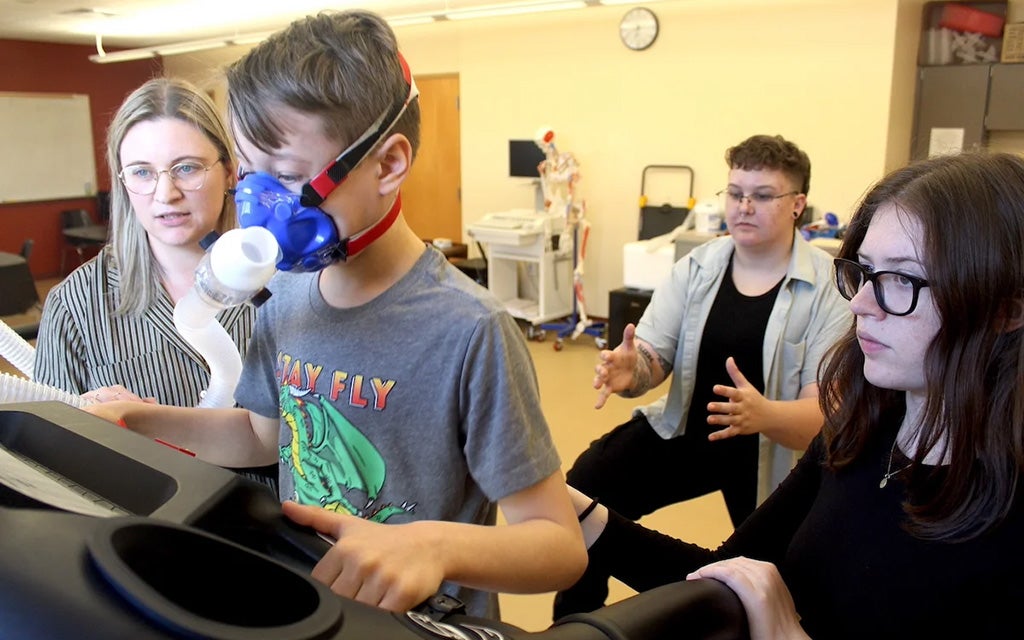Careers in health and wellness are among the fastest growing occupations worldwide, so the need for well-prepared, broadly skilled professionals has never been greater. URI’s College of Health Sciences was formed to meet this need, bringing together majors and programs connected by a common theme—to make a positive and lasting impact on the health and well-being of people of all ages, adding years to their lives and life to their years.
Upcoming Events
In the News
 Motor control experts attend international conference at URI - Three-day Progress in Motor Control conference attracts leading scientists, researchers, and clinicians from eight countries
Motor control experts attend international conference at URI - Three-day Progress in Motor Control conference attracts leading scientists, researchers, and clinicians from eight countries




